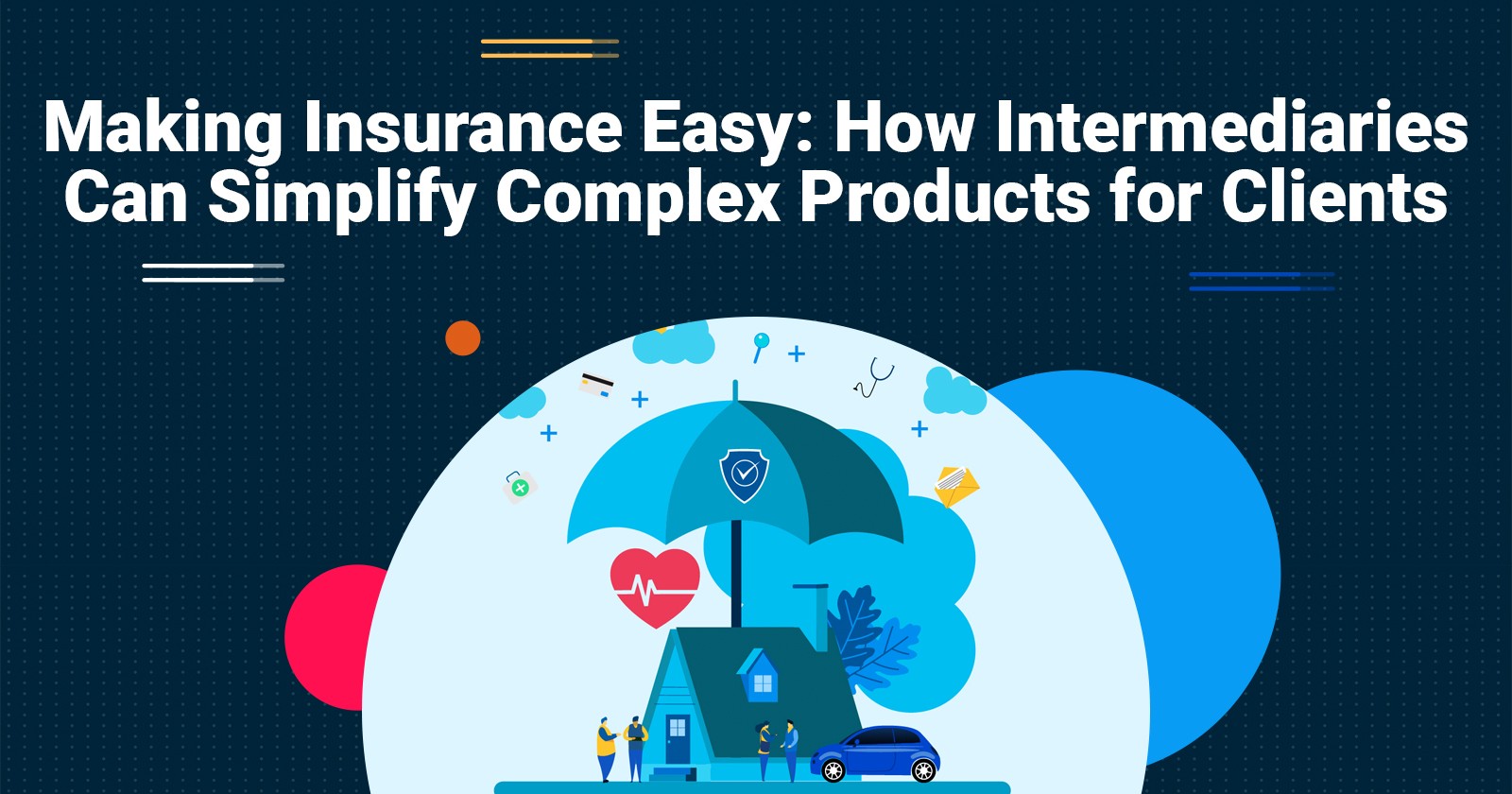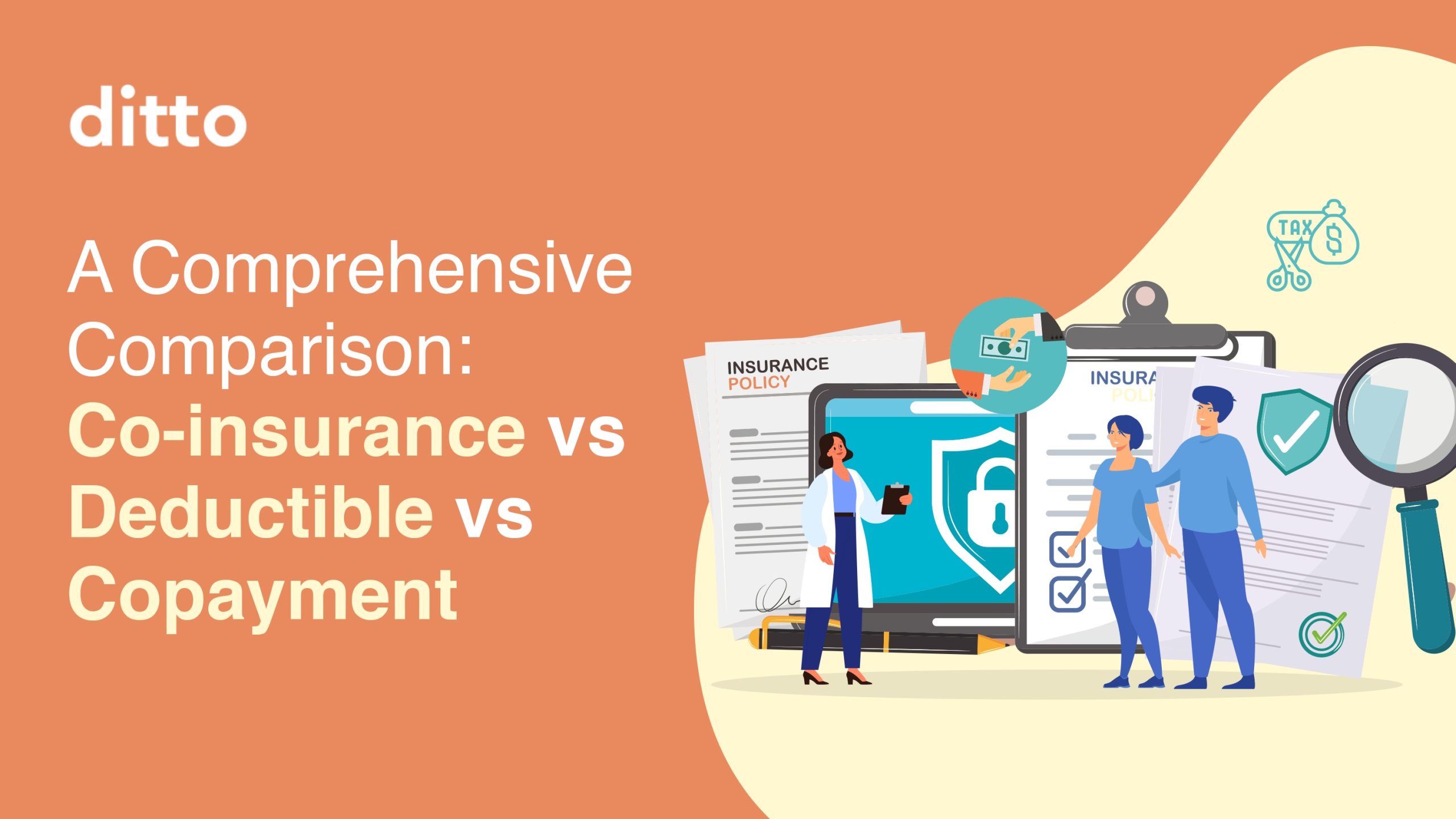Insurance often carries a reputation for being dry, complicated, and disconnected from everyday life. For many people, it feels like a distant concept—something you buy because you have to, not because you truly understand or connect with it. Yet at its core, insurance is deeply personal. It’s about protecting the things we care about most: our health, our homes, our families, and our livelihoods. Making insurance feel more relatable starts with reframing how it’s presented and understood. It’s not just a financial product—it’s a reflection of our values, priorities, and desire for security.
One of the most effective ways to make insurance more relatable is to anchor it in real-life experiences. Instead of focusing on abstract terms and technical definitions, insurers can use everyday scenarios to illustrate how coverage works. For instance, explaining auto insurance through the lens of a fender bender on the way to work makes the concept more tangible. Suddenly, it’s not just about deductibles and liability—it’s about getting your car fixed quickly so you can pick up your kids from school or make it to an important meeting. These kinds of examples help people see insurance not as a distant safety net, but as a practical tool that supports their daily lives.
Relatability also comes from language. Insurance documents and communications are often filled with jargon that can alienate even the most financially literate consumers. When insurers speak in plain, conversational terms, they invite people into the conversation rather than pushing them away. It’s the difference between saying “coverage is subject to exclusions outlined in section 4.2” and saying “this policy doesn’t cover damage from floods, so if you live in a flood-prone area, let’s talk about adding protection.” Clear, empathetic language builds trust and makes people feel like they’re being guided rather than lectured.
Another way to make insurance more relatable is by connecting it to life stages and transitions. People’s needs evolve over time, and insurance should reflect that. A college graduate entering the workforce might be thinking about health coverage for the first time. A newlywed couple might be considering life insurance as they plan for the future. A small business owner might need commercial coverage to protect their growing enterprise. By framing insurance around these milestones, it becomes part of a broader narrative—one that’s familiar, meaningful, and deeply human. It’s not just about risk—it’s about readiness.
Technology can also play a role in enhancing relatability. Digital platforms that allow users to explore coverage options, ask questions, and manage policies in real time make the experience more interactive and less intimidating. When people can see how different choices affect their premiums or coverage levels, they feel more in control. This sense of agency is crucial. It turns insurance from a passive purchase into an active decision. And when people feel empowered, they’re more likely to engage, ask questions, and make choices that truly reflect their needs.
Personal stories are another powerful tool. Hearing how insurance helped someone recover from a house fire, pay for unexpected medical treatment, or keep their business afloat during a crisis brings the concept to life. These stories don’t have to be dramatic—they just need to be authentic. They show that insurance isn’t just about numbers and policies—it’s about people. When customers see themselves in these narratives, they’re more likely to understand the value of coverage and feel a connection to the provider.
Relatability also comes from transparency. People want to know what they’re buying, why it matters, and how it works. When insurers are upfront about costs, limitations, and processes, they build credibility. This openness helps customers feel respected and informed, which in turn fosters loyalty. It’s not about overselling—it’s about being honest and helpful. When someone feels like their insurer is on their side, they’re more likely to view the relationship as a partnership rather than a transaction.
Cultural sensitivity is another important factor. Different communities may have different attitudes toward insurance, shaped by history, economics, and social norms. By acknowledging these differences and tailoring outreach accordingly, insurers can build bridges rather than barriers. This might mean offering materials in multiple languages, partnering with local organizations, or training staff to understand and respond to diverse needs. When people feel seen and understood, they’re more likely to engage with insurance in a meaningful way.
Ultimately, making insurance feel more relatable is about humanizing the experience. It’s about recognizing that behind every policy is a person with hopes, fears, and responsibilities. It’s about shifting the focus from paperwork to people, from transactions to relationships. When insurers take the time to listen, explain, and connect, they transform the way insurance is perceived. It becomes less about obligation and more about support. And in a world full of uncertainty, that kind of connection isn’t just helpful—it’s essential. Insurance, at its best, is a reflection of care. When it feels relatable, it becomes not just something we buy, but something we believe in.





